On a Tuesday morning in January, the unthinkable happened. The Palisades Fire tore through one of Los Angeles' most affluent neighborhoods, leaving behind a trail of devastation that would reshape the community forever. The fire destroyed 6,837 structures according to CAL FIRE's final report, making it one of the most destructive wildfires in Los Angeles history.
But as the smoke cleared and residents began to contemplate rebuilding, another fire started brewing – this one political. The debate? Whether Senate Bill 9, California's groundbreaking housing law, should apply to the burn areas as they rebuild. On July 30, 2025, Mayor Karen Bass issued Emergency Executive Order 9 to prohibit SB 9 applications within the Palisades burn area, following Governor Newsom's lead in suspending the law in fire zones.
The question some have raised: Is this policy solely about safety, or are there also concerns about how neighborhood character might change?
Understanding SB9: California's Housing Game-Changer
Before we dig into the controversy, let's talk about what SB9 actually does. Passed in 2021, Senate Bill 9 fundamentally changed California's approach to single-family zoning. The law allows property owners to split their single-family lots and build up to four units where only one existed before – either by adding an accessory dwelling unit (ADU) and splitting the lot, or by building duplexes on each split parcel.
It's California's bold answer to the housing crisis. By allowing gentle density in neighborhoods that have been exclusively single-family for decades, SB9 opens the door to more housing options at various price points. It doesn't force anyone to build, but it removes the legal barriers that have kept so many neighborhoods off-limits to anything but multi-million-dollar homes.
For design-build firms like ours, SB9 represents an opportunity to create thoughtful, well-designed housing that fits naturally into existing neighborhoods. We've written extensively about maximizing SB9 potential while respecting neighborhood character – because good design can absolutely accommodate more people without sacrificing what makes a place special.
The Official Story: Fire Safety and Evacuation Concerns
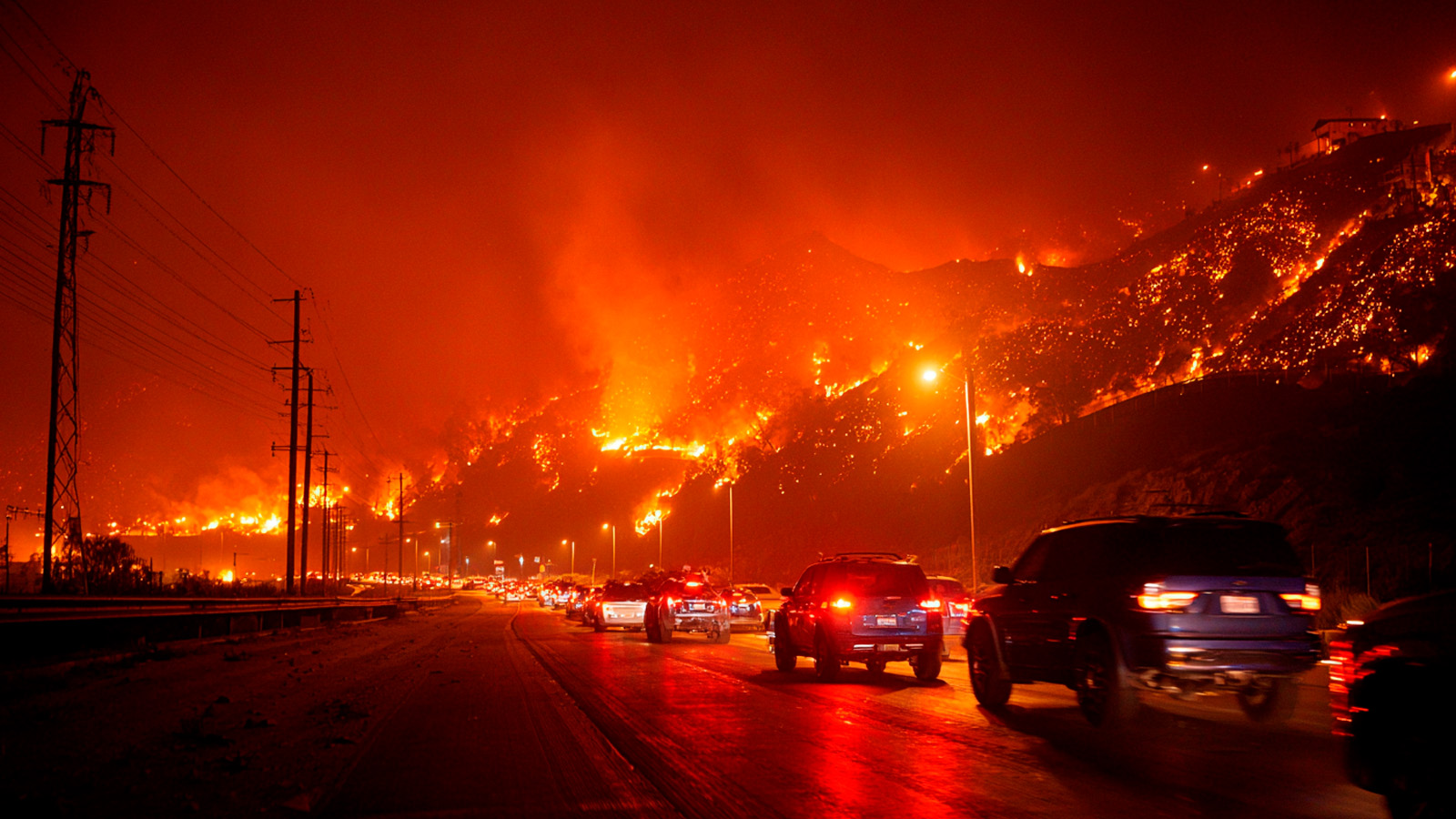
When Mayor Bass announced the SB9 prohibition, the reasoning seemed straightforward. "SB 9 was not originally intended to be used in the rebuilding of a community that was decimated by the worst natural disaster L.A. has ever seen," said Mayor Karen Bass.
The safety argument has merit. In the Palisades fire especially, the evacuation process was chaotic and terrifying due to the limited number of major roads in and out of the affected communities. Anyone who watched the January footage of residents fleeing the flames understands the terror of being trapped in gridlock while fire approaches.
In many cases, residents reported making a mad dash to gather important belongings, only to sit in smoky air and gridlock so bad that some ultimately decided to leave their cars behind and reach safety on foot. It's a compelling case: if evacuation was already difficult with the existing population, wouldn't adding more residents make it worse?
The infrastructure argument follows logically. More residents mean more demand on water systems, electrical grids, and sewer capacity – all of which need to be robust enough to serve a community in a high-risk fire zone.
The Uncomfortable Questions
But here's where things get complicated. The Palisades isn't the only Very High Fire Hazard Severity Zone in Los Angeles. Vast swaths of the city carry the same fire risk designation, from the Hollywood Hills to areas of the San Fernando Valley. Yet SB9 remains fully in effect in those neighborhoods.
So why single out the Palisades?
The timing raises eyebrows. Councilmember Traci Park, whose district includes Pacific Palisades, wrote a letter to Newsom requesting he pause SB 9 in this case to avoid a surge in density in the vulnerable area. This wasn't a decision made in the immediate aftermath of the fire – it came six months later, as rebuilding permits began flowing and the reality of potential change set in.
As of July 10, 800 homeowners in the Eaton and Palisades fire burn areas have filed applications for permits to rebuild their homes. That's 800 opportunities for property owners to potentially leverage SB9 to create more housing. In a neighborhood where the median home price hovers around $3 million, even modest increases in density could significantly impact the housing landscape.
Following the Money and the Politics
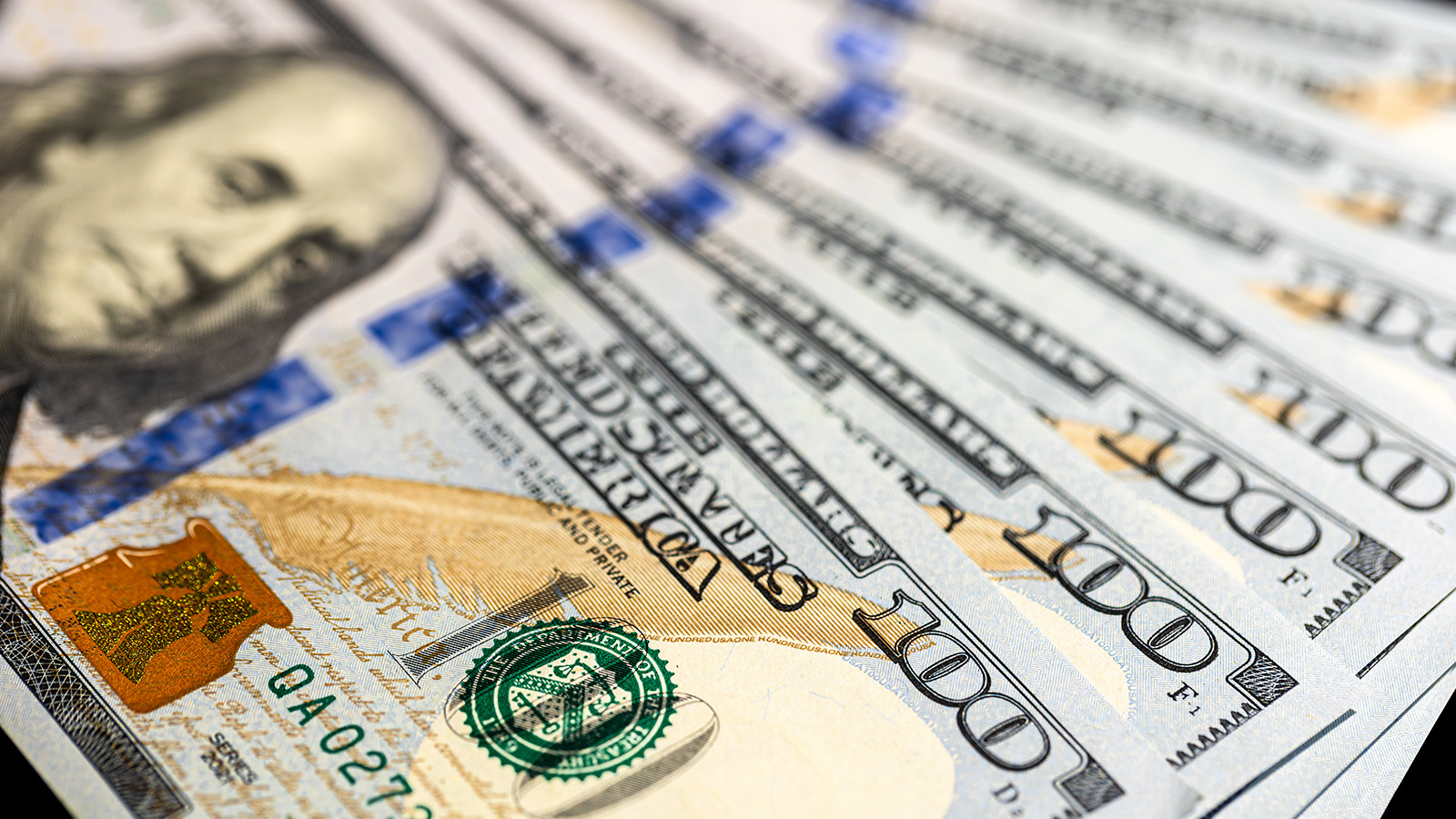
Palisades residents have always taken an active role in shaping their community, and with good reason. It's a place defined by natural beauty, intentional planning, and a strong sense of community and identity.
The pre-fire community had already been resistant to density increases. Neighborhood groups had consistently opposed ADU projects and fought against any changes that might alter the area's suburban character. The fire created a unique political opportunity – a chance to frame housing restrictions in terms of public safety rather than exclusion.
Understandably, many residents plan to rebuild their homes as they were, perhaps slightly larger, more modern, and better equipped to handle future risks. Some may decide that expedited plan check is their priority and choose to stay within 110% of the size of their original home, while others will choose to invest in a much larger home. There's no restriction on mansion-sized replacements, only on creating more units that might house more families.
What This Means for You
Before we go further, let's be clear – we're not trying to make this political. If you're a Palisades resident focused on rebuilding your family home, this SB9 restriction probably doesn't affect your plans at all. You're likely just eager to get back to the life and community you knew, and that's completely understandable. We deeply respect the desire of Palisades homeowners to rebuild safely and protect what makes their neighborhood special.
This policy change primarily impacts developers and property owners who were considering rebuilding in ways that might generate rental income or create additional housing units. For most homeowners simply wanting to reconstruct what they lost, the path forward remains the same.
We think it’s important to note that thus far all of our Palisades clients are looking to rebuild their single family homes, typically with a 10% increase in size. Both clients in the Pacifica Palisades and Altadena areas are interested in adding an ADU, but we have yet to speak with anyone who wants to do an urban lot split and develop four units on their single family zoned lot. While we don’t have the data to speak definitively to the number of applications filed under the SB9 provisions in burn areas, we suspect the numbers are quite low.
The Bigger Picture: Housing vs. Fire Safety
This isn't just about the Palisades. It's about California's fundamental tension between fire safety and housing production. The state has mandated cities to plan for millions of new housing units while simultaneously dealing with increasing wildfire risk due to climate change.
The Palisades situation creates a precedent. If wealthy communities can use fire risk to opt out of state housing laws, what happens to California's broader housing goals? Will other high-risk communities follow suit?
But fire safety isn't a trivial concern. Climate change is making wildfires more frequent and severe. Building in fire-prone areas requires careful consideration of evacuation routes, infrastructure capacity, and emergency response capabilities.
The question is whether these concerns are being applied consistently and fairly, or whether they're being weaponized to maintain exclusivity.
A Different Path Forward
There's a middle ground that nobody seems to be exploring. What if, instead of blanket prohibition, we required enhanced fire safety measures for SB9 projects in high-risk zones?
Imagine SB9 developments that incorporate cutting-edge fire-resistant design, advanced sprinkler systems, and defensible space requirements that exceed standard codes. Picture developments designed with multiple evacuation routes and community gathering spaces that could serve as fire assembly points.
This approach would address legitimate safety concerns while still allowing for thoughtful density increases. Any policy shifts should enhance, not diminish, the beauty and livability of established neighborhoods like the Palisades. It would push the design and construction industry to innovate around fire safety rather than simply avoiding the challenge.
We could require SB9 projects in fire zones to include community benefits – perhaps contribution to evacuation route improvements or fire suppression infrastructure. These developments could become models for how to build safely in fire-prone areas, rather than reasons to avoid building at all.
The Real Test of Intention
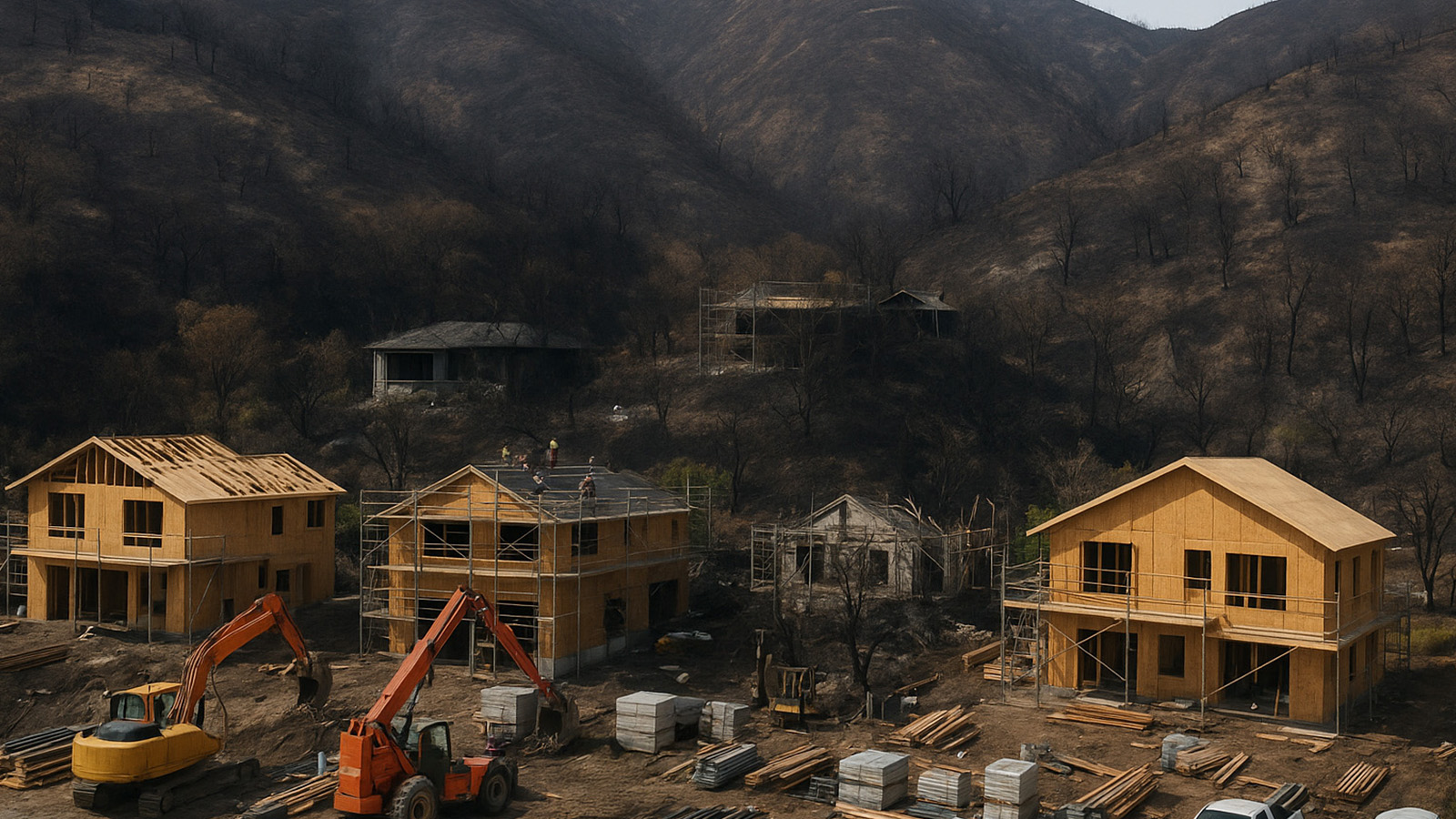
Here's how we'll know whether this is really about safety: Watch what happens in other fire-prone areas of LA. If the city applies similar restrictions to SB9 projects in the Hollywood Hills, Bel Air, or other wealthy fire-prone neighborhoods, then the safety argument gains credibility.
But if SB9 continues unimpeded in lower-income communities that face similar fire risks, we'll have our answer about what's really driving this policy.
Also watch the rebuilding process itself. If rebuilding focuses solely on one housing type, while other creative and safe solutions are off the table, we may miss an opportunity to build a more resilient and inclusive neighborhood without sacrificing character.
What This Means for California's Housing Future
The Palisades SB9 ban is more than a local zoning issue. It's a test case for whether California can balance its competing priorities of housing production, climate adaptation, and local control.
If fire risk becomes a blanket excuse to opt out of state housing laws, California's housing crisis will only deepen. Climate change isn't going away, and fire risk zones are expanding. We can't address the housing shortage by avoiding every area that faces environmental challenges.
On the other hand, if we ignore legitimate safety concerns in our rush to build housing, we risk creating new disasters. The key is ensuring that safety requirements are applied fairly and consistently, not selectively deployed to preserve privilege.
The Path We Should Take
California needs housing. The Palisades needs safe reconstruction. These goals aren't mutually exclusive, but achieving both requires moving beyond the current all-or-nothing approach.
We need policies that allow carefully designed density increases while addressing fire safety concerns head-on. We need oversight that ensures safety standards are applied equitably across communities of all income levels. And we need the political courage to call out NIMBY politics when they hide behind legitimate concerns.
The Palisades will rebuild – the question is whether it rebuilds as the same exclusive enclave it was before, or as something that better serves the broader community's needs. The answer will tell us a lot about California's priorities and whether we're serious about addressing both our housing and climate challenges.
Because ultimately, this isn't just about SB9 or the Palisades. It's about what kind of California we want to build from the ashes of our old assumptions. We can continue with the status quo, or we can explore thoughtful, innovative solutions that support both safety and long-term sustainability, as well as inclusive communities.
The fire may have been a natural disaster, but how we rebuild is entirely up to us.
Ready to explore what's possible for your property? Whether you’re rebuilding your family home, interested in developing your property with SB9, considering adding a guest house or ADU, or simply exploring options, we’re here to help you navigate the possibilities with elegance and expertise.
Book a call with our team – let's discuss how thoughtful design can help you maximize your property's potential while respecting what makes your community special.


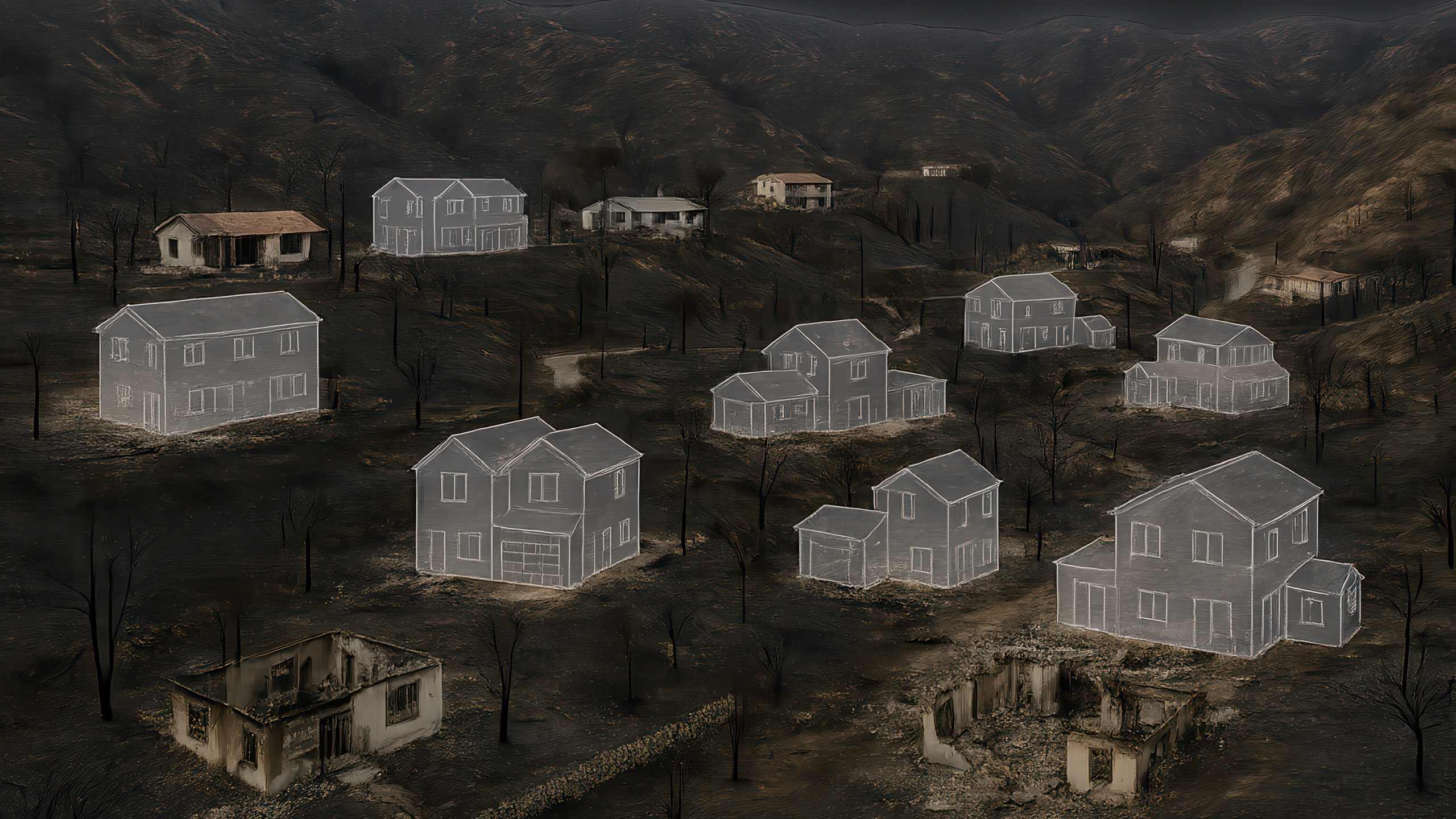

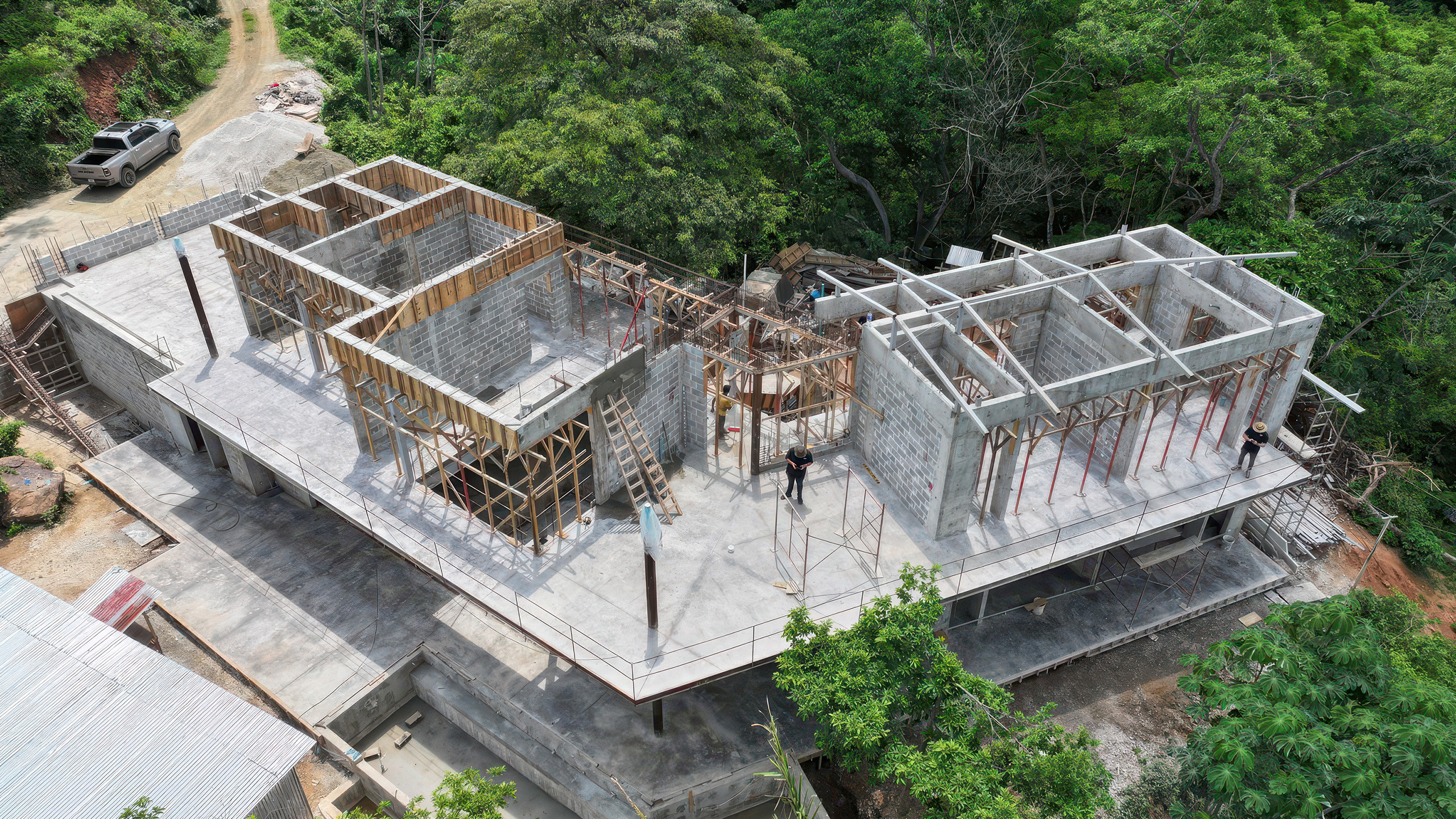

.svg)























.png)